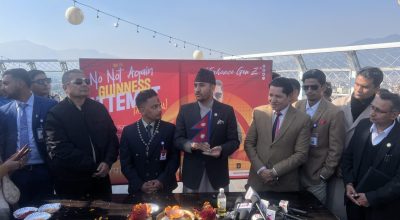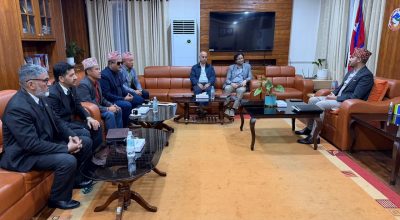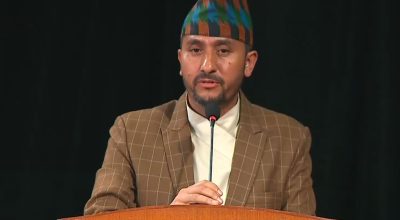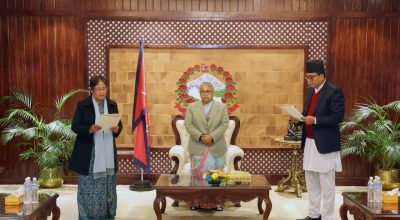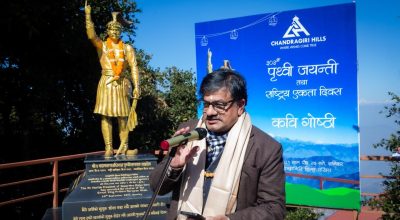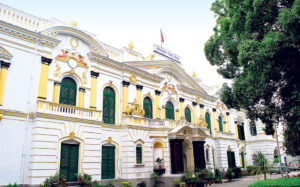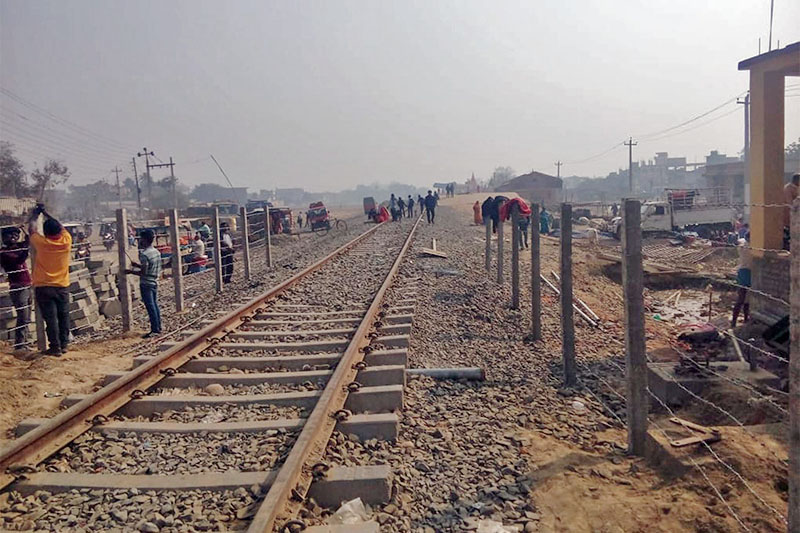
KATHMANDU, Dec 18: Nepali and Indian officials have been in discussion to sign a Memorandum of Understanding (MoU) in a few weeks to prepare a Detailed Project Report (DPR) of the Kathmandu-Raxaul Railway.
According to officials from the Ministry of Physical Infrastructure and Transport, the final draft of the MoU has been prepared. After the approval of the Council of Ministers, there will be a formal MoU with India.
According to the proposed MoU, the DPR of the railway will be prepared by India at its own expense through an Indian government company and the railway will be constructed using broad gauge technology.
The government has taken the policy of constructing railway lines across the country in standard gauge. Experts suggest that the Kathmandu-Raxaul railway should also be built in standard gauge.
However, India said that it did not have standard gauge technology and technical expertise and took a stand that the Raxaul-Kathmandu railway should be built on broad gauge technology. A source in the Ministry of Physical Infrastructure said that India was not ready despite Nepal’s repeated request to conduct DPR based on standard gauge. “The Indian side is not ready on how to do DPR on the technology that it does not have,” the source said.
After the MoU is signed with the approval of the Council of Ministers, the Indian side will come to the field for measurement. The DPR will be prepared by the Indian company Konkan Railway Corporation Limited (KRCL) on the basis of its own preliminary study.
An agreement has been reached with the northern neighbor China to build the DPR of Kerung-Kathmandu railway based on standard gauge. The government also plans to build the East-West Railway, which will be built internally by Nepal, in standard gauge.
Broad gauge is India’s traditional railway technology. Now standard gauge technology has come into operation all over the world. India has also started converting some railways to standard gauge with the help of foreign companies.
Generally, broad gauge line used to be 5 ft 6 inch wide whereas standard gauge line remain 4 ft 8.5 inch wide.
Surya Raj Acharya, an infrastructure expert who has been advocating for the construction of Kathmandu-Raxaul railway using standard gauge technology, says that many technical problems will arise in the future if the DPR can be done at low cost. He is of the opinion that the government should move ahead by making political decisions on technical issues including gauge, speed, technology and standards of the railways.
“It would have cost a maximum of Rs 60 million to Rs 80 million to study the feasibility of the Raxaul-Kathmandu railway line,” Acharya said. “It’s not wise to take Indian support for feasibility study.”
A Memorandum of Understanding (MoU) was signed between Nepal and India on 1 September 2019 for the preliminary feasibility study of the Raxaul-Kathmandu Broad Gauge Railway. Since then, experts have questioned the government’s understanding.
“If we use this technology, we will be totally dependent on India to run the train. Tomorrow’s train will have to be bought from India. We may not have other options.”
India has already submitted report of the preliminary engineering and traffic survey of this railway to Nepal. According to the preliminary report prepared by KRCL, the length of the proposed Raxaul-Kathmandu railway will be 136 kilometers. There will be tunnels in about 40 kilometers of the proposed railway line and about 35 bridges will have to be built.





